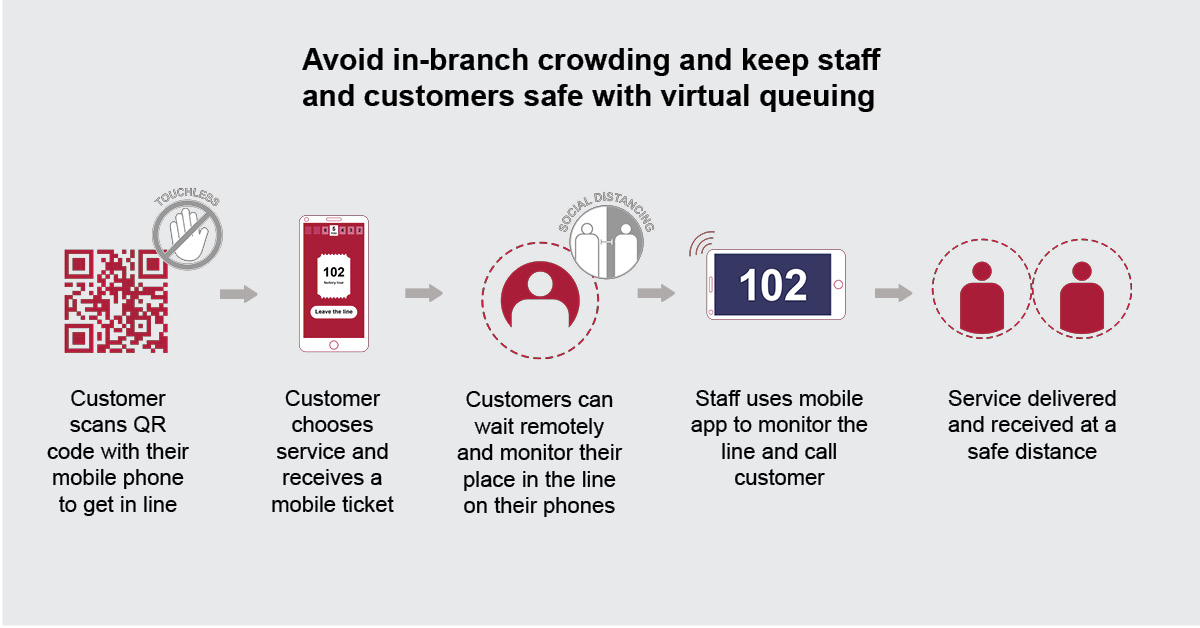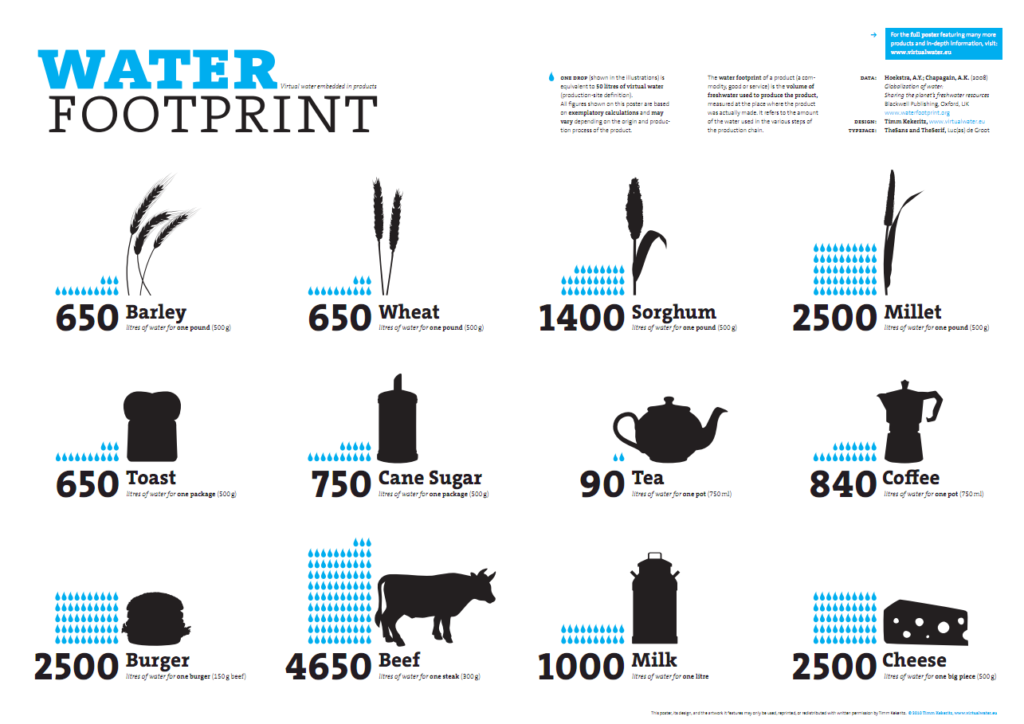Have you ever been to a theme park or a busy restaurant and found yourself waiting in a long line for your turn? That wait can be frustrating and time-consuming. Fortunately, with the help of technology, virtual queues have become a popular solution to minimize waiting times and manage crowds effectively. But how do these virtual queues work, and what benefits do they offer?
Virtual queue technology works by allowing customers to join a queue from their mobile device or through a kiosk, without physically being present in the line. This means that customers can spend their wait time doing other things, such as exploring the park or browsing the shops, and will receive a notification when it’s their turn to join the physical line. This process saves time and enhances the overall customer experience. In this article, we’ll delve into the specifics of how virtual queues work, explore the various types of virtual queues, and examine the advantages they offer.

How Does Virtual Queue Work?
A virtual queue is a system that allows customers to join a waiting line without having to physically be in the same location as the service provider. This technology is becoming increasingly popular with businesses that need to manage large numbers of customers efficiently. The virtual queue system works by having customers sign up for a spot in the queue, usually via an app or website. The customer is then given a reservation number and an estimated wait time. When their turn arrives, they are notified, allowing them to join the actual queue and receive the service they need.
How to Join the Virtual Queue
First, customers must sign up for the virtual queue service. This is usually done through an app or website. They will be prompted to enter their contact information, such as their name, phone number, and email address. After this is done, the customer will receive a unique reservation number that will be used to join the queue. The customer can then use this number to join the queue at any time.
Once the customer has joined the queue, they will be given an estimated wait time. This wait time can vary depending on the current demand for the service, but the customer will always be notified when their turn is approaching. This allows the customer to prepare for their turn and join the actual queue when it is their turn.
Benefits of Virtual Queues
One of the biggest benefits of virtual queues is that they allow businesses to manage customer demand more efficiently. By allowing customers to join the queue without having to physically be at the business, businesses can reduce wait times and improve customer service. Customers also benefit as they do not have to wait in long physical lines and can join the queue from anywhere.
Virtual queues are also beneficial for businesses as they can track customer data such as wait times, customer preferences, and other statistics. This data can be used to improve the customer experience and ensure that customers are receiving the best possible service.
Limitations of Virtual Queues
One of the main limitations of virtual queues is that they can be difficult to manage if the demand for the service exceeds the available capacity. In such cases, the virtual queue may not be able to handle the number of customers, resulting in long wait times and customer frustration.
Another limitation is that virtual queues require customers to have access to the internet or an app in order to join the queue. This can be a problem in areas with poor internet access or if the business does not have an app. In such cases, customers may be unable to join the queue, resulting in long wait times.
Frequently Asked Questions about How Does Virtual Queue Work?
Virtual queues are a system used to manage customer wait times. They use technology to allow customers to join a queue remotely, and then receive notifications when their turn is near. This can help reduce customer wait times and improve customer satisfaction.
What Is a Virtual Queue?
A virtual queue is a system that uses technology to allow customers to join a queue remotely. Customers can join the queue from any location, and then receive a notification when their turn is near. This helps reduce wait times and improve customer satisfaction.
The system works by assigning customers a unique identifier when they join the queue. This identifier is then used to track their progress through the queue, and to send them notifications when their turn is near. Customers can also view their position in the queue in real-time, and can leave the queue if needed.
How Does a Virtual Queue Help Customers?
A virtual queue helps customers by reducing the time they have to wait in line. Instead of having to wait in a physical queue, customers can join a queue from any location. They can then receive notifications when their turn is near, allowing them to plan their day accordingly.
The system also allows customers to leave the queue and come back later. This helps to reduce wait times and improve customer satisfaction, as customers can come back when it is more convenient for them.
How Can Virtual Queues Be Used?
Virtual queues can be used in a variety of settings. Some common uses include retail stores, restaurants, banks, airports, and hospitals. They can also be used for ticketing and reservations, allowing customers to reserve a spot in line without having to be physically present.
The system can also be used to help manage customer wait times. By tracking customer progress through the queue, businesses can easily identify areas where wait times can be improved. This can help to improve customer satisfaction and reduce customer wait times.
What Are the Benefits of Using a Virtual Queue?
The main benefit of using a virtual queue is that it can help reduce customer wait times. Customers can join the queue from any location, and then receive notifications when their turn is near. This helps to reduce wait times and improve customer satisfaction.
The system also helps to improve efficiency. By tracking customer progress through the queue, businesses can easily identify areas where wait times can be improved. This can help to reduce customer wait times and improve customer satisfaction.
Are Virtual Queues Secure?
Yes, virtual queues are secure. Most virtual queue systems use secure encryption technologies to ensure that customer data is kept safe. Additionally, customers are assigned a unique identifier when they join the queue. This identifier is then used to track their progress through the queue, ensuring that their data is kept secure.
Overall, virtual queues are a secure and efficient way to manage customer wait times. They can help to reduce wait times and improve customer satisfaction, making them a great way to manage customer queues.

How to Join a Disney World Virtual Queue Boarding Group for Guardians of the Galaxy: Cosmic Rewind
In conclusion, virtual queue management systems have revolutionized the way businesses manage customer flow and reduce wait times. By using advanced algorithms and data analytics, businesses can optimize customer experiences, boost satisfaction levels, and increase revenue. With the rise of digital technology, virtual queue management systems are becoming increasingly popular across different industries, including healthcare, entertainment, retail, and transportation.
As we move towards a more connected and digital world, virtual queue management systems will continue to play a crucial role in enhancing customer experiences and streamlining business operations. Whether you are a business owner or a customer, understanding how virtual queue works is essential in maximizing efficiency and minimizing wait times. By leveraging the power of technology, businesses can improve customer engagement, reduce frustration, and ultimately drive growth and success.



